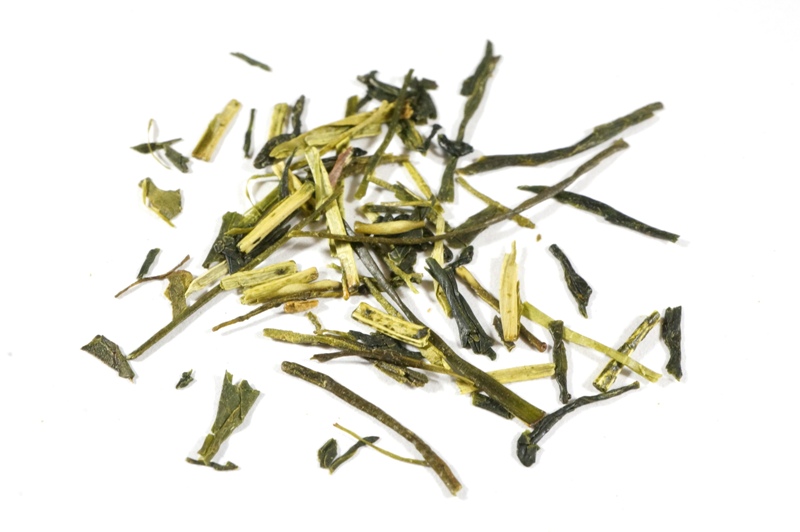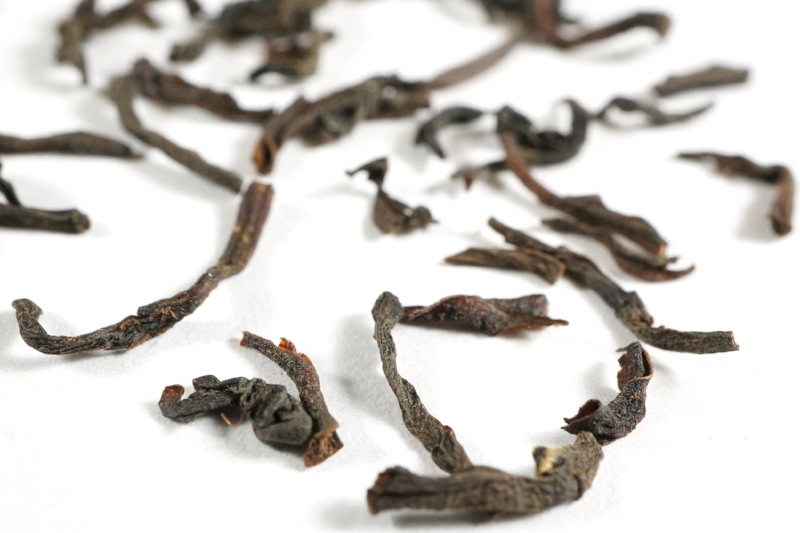Kukicha or 茎茶 is a green tea from Japan. Kukicha in Japanese means stem or twig tea. Like it’s name suggests, Kukicha consists of both green tea leaves and young tea stems.
Pictured above is our Kukicha. Ours is Gyokuro and Sencha base green tea with both young leaves and delicate tea stems. Click “here” to view product.
Because of the addition of delicate tea stems, Kukicha has a unique flavor that is nutty and slightly creamy. The Umami level is very high in this tea because of the production method. Umami is a Japanese term for natural savory taste associated with amino acids especially the L-glutamate amino acid. It is used to describe the unique flavor from meats, cheese, vegetables and tea.
Kukicha is a low caffeine green tea. It has just half the caffeine of what regular green tea has. This makes it a popular afternoon and evening tea.
There are different grades and types of Kukicha. Our version is more sought after by tea drinkers in Japan, because it is Gyokuro and Sencha based. The addition of Gyokuro makes it more flavorful and intensifies the “Umami”.
For brewing, we recommend using 1 heaping teaspoon of tea leaves per 8 oz. of water at 180°F (80°C). Steeping time is 2-3 minutes. The same leaves can be infused multiple times.
Kukicha also makes refreshing cold brewed tea. For cold brewing instructions please see our Cold Brewing Guide.











